We’ve all been there—standing in a perfectly chilled grocery aisle, seduced by clever packaging, bright colors, and promises of convenience or health. It might be a trendy drink that claims to boost your energy, a shiny clamshell of pre-cut pineapple that whispers “no prep needed,” or a giant bag of kale you swear you’ll finish this time. In that moment, your cart becomes a canvas for good intentions. But fast forward a few days, and that once-promising item is now a sad, soggy reminder of a shopping decision you’ve made one too many times.
There’s something deeply human about believing this time will be different. Maybe the flavored water won’t taste like perfume. Maybe the bulk-sized chips won’t go stale in two days. Maybe the imported cheese will be a hit at dinner instead of sitting untouched next to the pickles. These are the grocery store gambles we make, often in pursuit of health, savings, or sheer curiosity—and they rarely pay off.
Some of these purchases are marketing triumphs, others are overestimations of our time and appetite, and a few are simply classic traps we haven’t learned to avoid. But no matter how many times we swear never again, these 14 grocery items keep sneaking their way into our carts.
So consider this list your friendly reminder (or possibly a reality check) before your next supermarket sweep. Because saving money—and sanity—often starts not with what you buy, but with what you don’t. Ready to see which items consistently disappoint shoppers across America? You might recognize a few frequent offenders hiding in your own fridge or pantry right now. Let’s dive in and face these grocery regrets head-on.
1. Pre-Cut Fruit That Goes Bad Too Fast
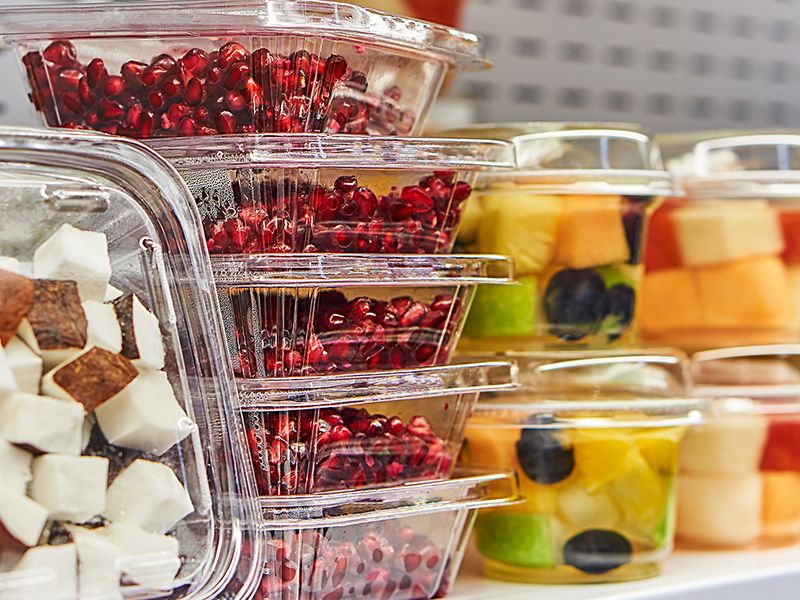
The appeal is undeniable – perfectly sliced watermelon or pineapple chunks ready to eat without the mess. Unfortunately, that convenience comes with a short shelf life clock that starts ticking the moment it’s packaged.
Many shoppers discover their expensive fruit containers have turned slimy or developed an off smell just a day after purchase. The cutting process exposes more fruit surface to air, accelerating spoilage.
Despite knowing better, we grab these containers when we’re busy or craving something healthy, paying nearly triple the price of whole fruit for what often becomes a science experiment in the back of the fridge.
2. Exotic Sauces That Never Get Used Again
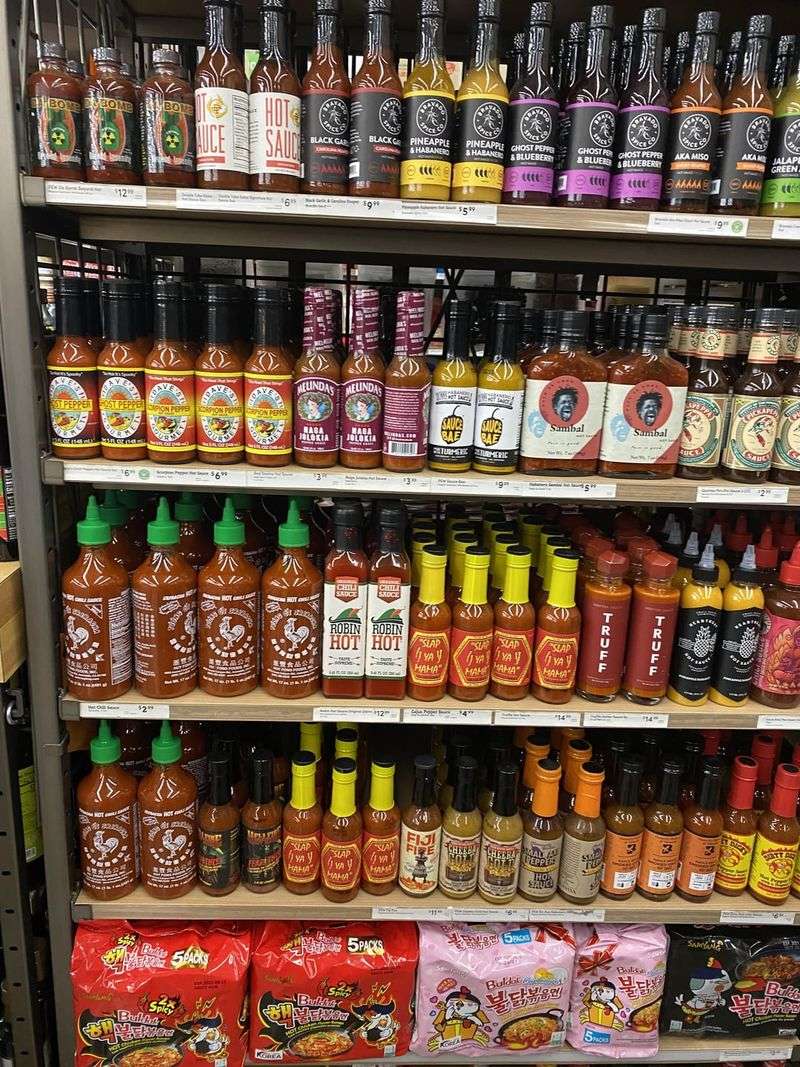
Remember that specialty harissa paste you bought for that one North African recipe? It’s probably still hiding behind the ketchup, used exactly once. These exotic condiments seduce us with promises of culinary adventure, but reality hits when we realize most family meals don’t call for Szechuan peppercorn sauce.
The initial excitement fades fast, leaving these specialty bottles to claim valuable refrigerator real estate for months. By the time another fitting recipe comes along, the sauce has usually developed mysterious crusty edges or changed color.
Yet whenever a cooking show features an unusual ingredient, we convince ourselves this time will be different!
3. Trendy Health Drinks That Taste Terrible
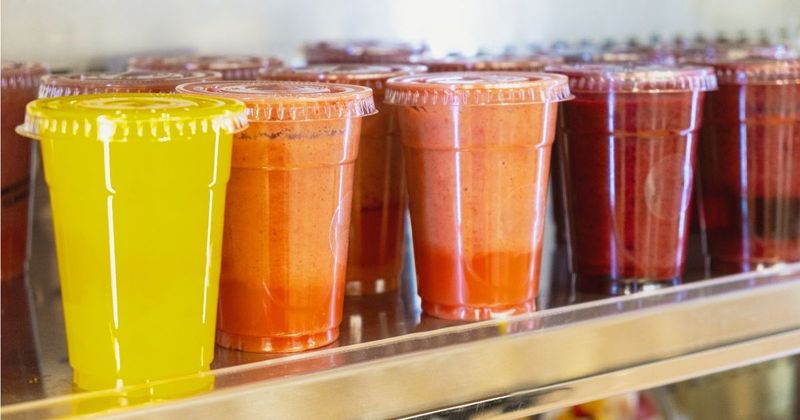
Kombucha with activated charcoal! Celery juice with spirulina! The health claims are impressive, but that first sip often delivers a shocking reality check. Marketing photos show smiling people enjoying these beverages, but they rarely capture the grimace that follows.
The worst part? These trendy health drinks usually cost three times more than regular beverages. After forcing down a few sips, most end up languishing in the fridge while you mentally justify the wasted money as an “investment in health exploration.”
Somehow, we keep getting lured by new formulations with promises of detoxification, energy boosts, or gut health—despite our graveyard of half-empty bottles.
4. Bulk Produce That Spoils Before You Finish It
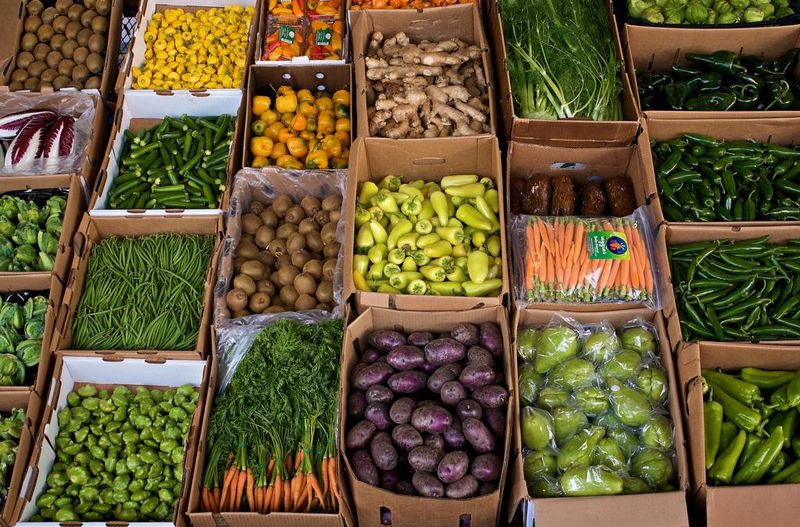
The five-pound bag of potatoes seemed like such a bargain until you discovered the sprouting science experiment at the bottom. Bulk produce purchases tempt us with their apparent value – why buy four apples when you can get twelve for just a little more?
The math makes sense in the store but falls apart at home. Unless you’re feeding a crowd, those extra fruits and vegetables inevitably turn soft, moldy, or wrinkled before you can use them. The massive bag of carrots grows limp, the extra avocados ripen all at once, and suddenly that “deal” costs more than buying exactly what you needed.
Still, we reach for the bigger bag every time.
5. Frozen Meals That Look Better on the Box
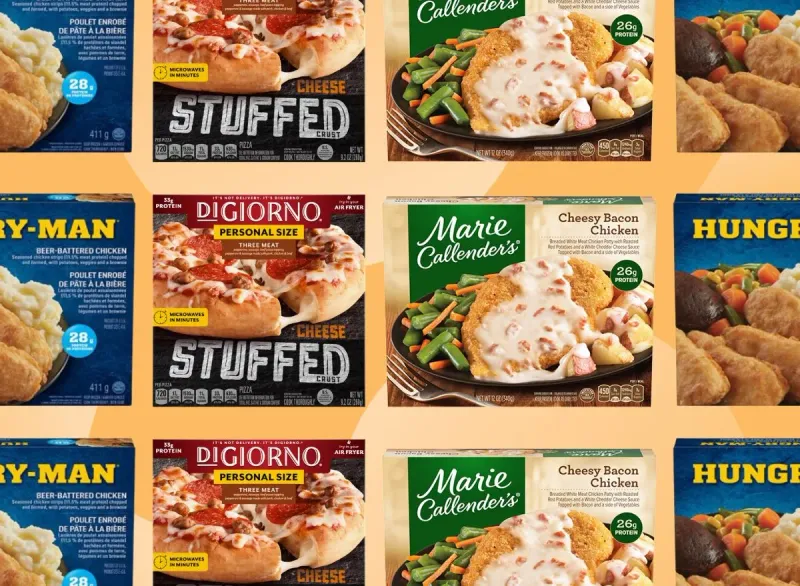
The box shows a steaming plate of perfectly arranged pasta with vibrant vegetables and herb garnishes. What emerges from your microwave resembles mystery slop with unidentifiable chunks. Few grocery disappointments are as predictable as the frozen meal expectation gap.
Despite knowing better, we keep buying these convenient options during busy weeks. Maybe this brand will be different! The sauce won’t separate into watery puddles; the vegetables won’t turn to mush.
Manufacturers have mastered food styling and photography tricks that make their products look mouthwatering. Meanwhile, we’re left scraping congealed cheese off plastic trays, wondering why we fell for those appetizing box photos for the hundredth time.
6. Expensive Cheese That No One Likes
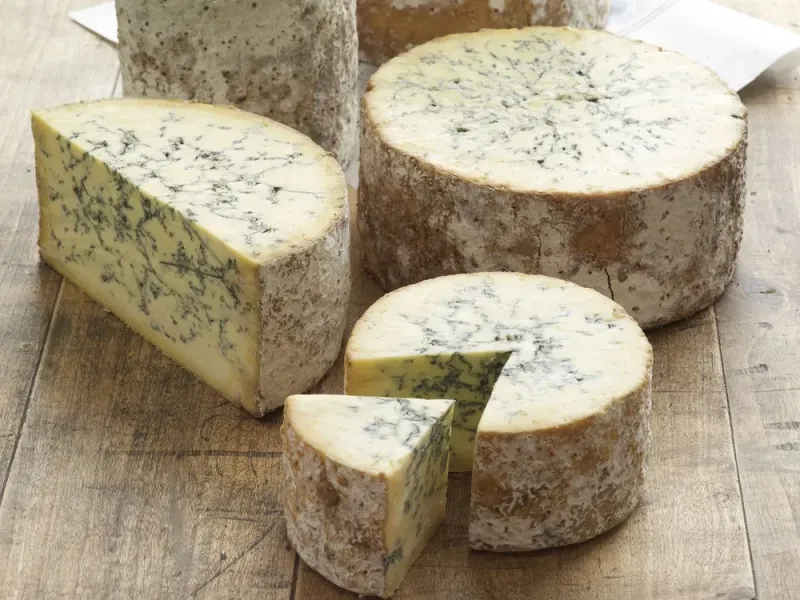
Something about that fancy cheese display awakens your inner sophisticate. You imagine serving an impressive cheese board that will elevate your next gathering, so you splurge on that intriguing ash-ripened goat cheese with the French name you can’t pronounce.
Fast forward to serving time: guests politely take the tiniest samples while gravitating toward the familiar cheddar. The expensive cheese sits neglected, its strong aroma growing more pronounced as the evening progresses.
Eventually, after weeks of good intentions to use it in cooking, you discover it developing colorful new mold varieties (beyond the intentional ones) and reluctantly toss it—yet somehow, you’ll repeat this exact scenario at your next shopping trip.
7. Giant Bags of Chips That Lose Their Crunch
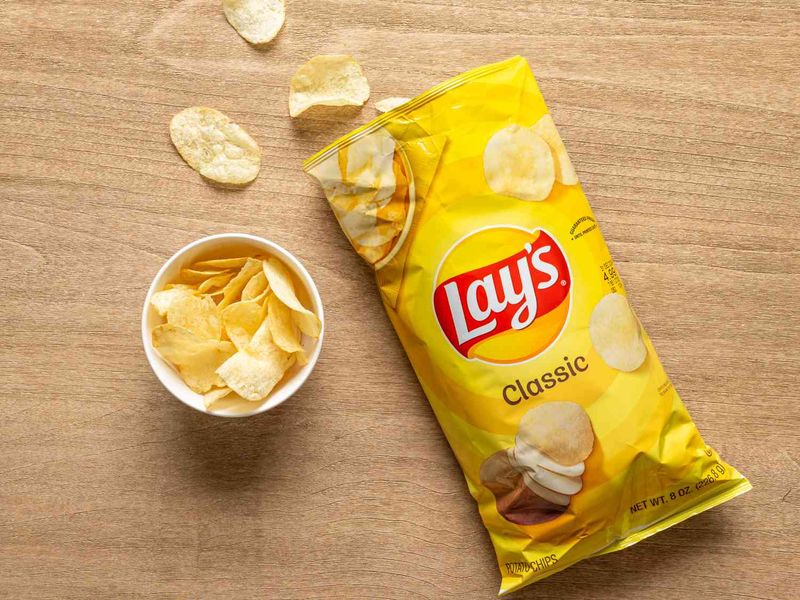
The family-size chip bag seems like the economical choice when snack cravings hit. Opening it releases that satisfying burst of air and the first handful delivers perfect crispness. By day three, however, the remaining chips have absorbed enough moisture to lose their satisfying snap, even with careful clip-sealing.
No matter how many times we swear to use those chips quickly, life intervenes. The half-empty bag sits in the pantry, slowly turning stale. Chip clips, rubber bands, and fancy resealing techniques all fail to preserve that fresh-opened texture.
Yet we continue grabbing the jumbo bags, optimistically believing this time we’ll finish them while they’re still perfectly crunchy.
8. Bulk Spices That Lose Their Flavor
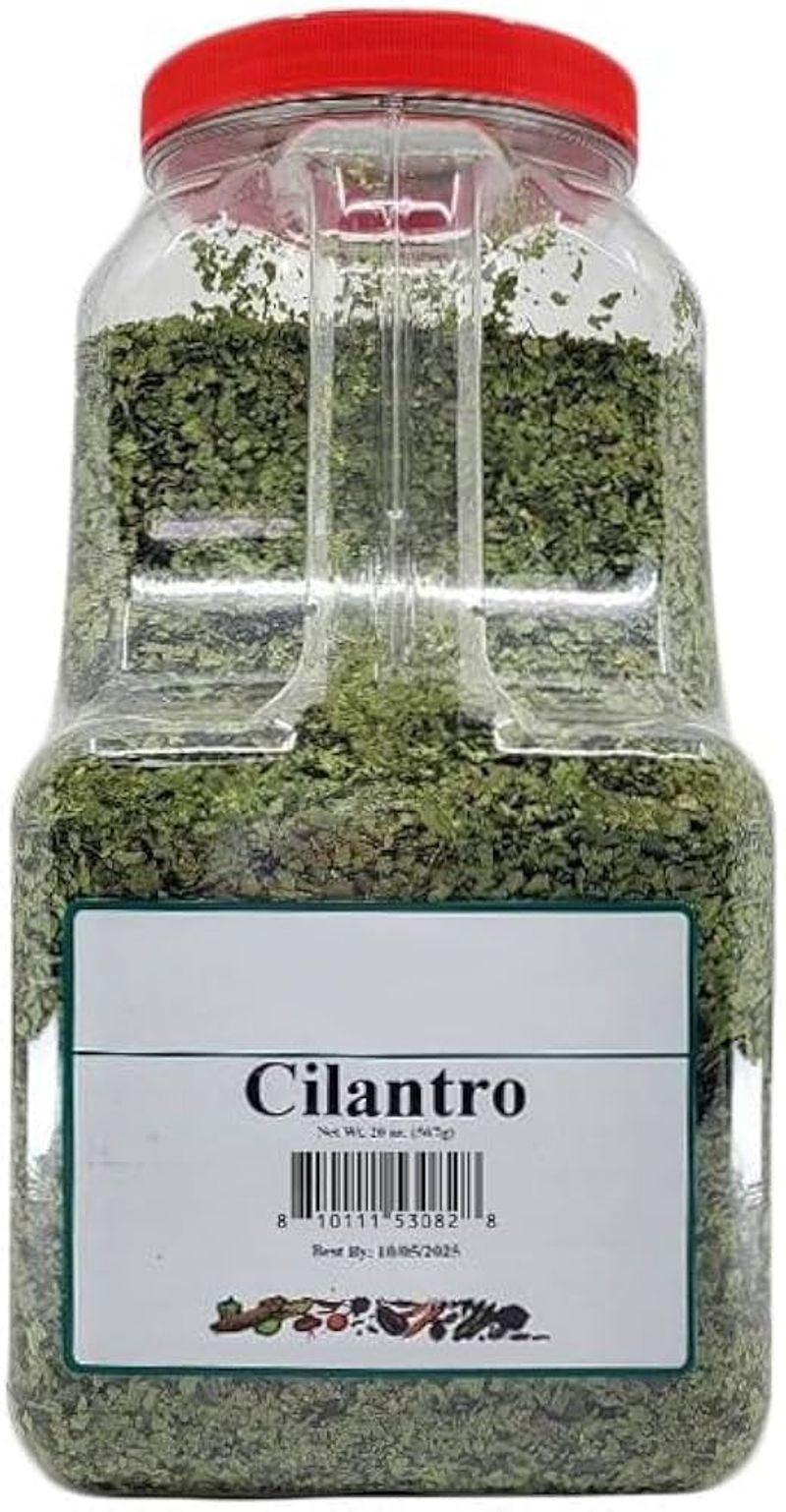
The price per ounce comparison makes bulk spices seem like an incredible deal. Why pay $4 for a tiny jar of cinnamon when you can get a pound for $6? The answer becomes clear months later when you’re still working through that massive container of paprika that now smells like dusty nothing.
Most home cooks use spices in quarter-teaspoon increments, meaning that bargain-sized container might last decades. Unfortunately, spices lose their potent flavors and aromas long before they’re used up, typically within 6-12 months after opening.
Despite this reality, the bulk spice section continues luring us in with promises of savings that ultimately flavor nothing but our regrets.
9. Pre-Made Salads That Wilt Instantly
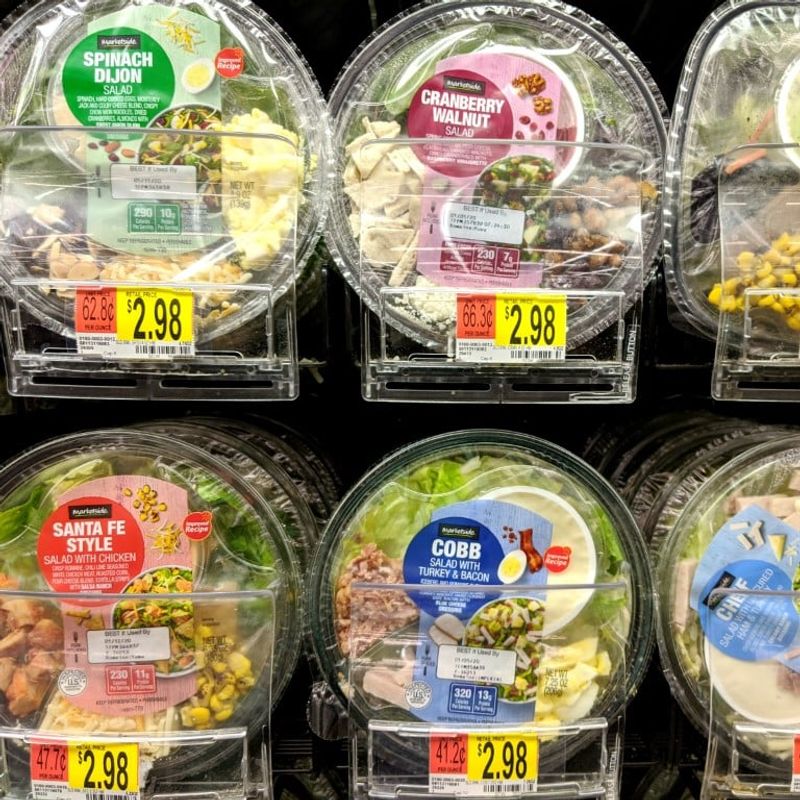
You grab that plastic clamshell of Caesar salad during Sunday shopping, planning to eat healthy all week. By Monday lunch, the lettuce has already started turning an unappetizing shade of pink around the edges. By Tuesday, the entire thing resembles swamp vegetation.
Pre-made salads undergo washing processes that strip away natural protective coatings, dramatically shortening their lifespan. Add in those tiny packets of dressing that inevitably explode in the bag, and you’ve got a recipe for vegetable disappointment.
Despite knowing the sad, soggy outcome, we continue purchasing these ready-made options, seduced by their convenience and momentarily forgetting their remarkably brief window of edibility.
10. Flavored Waters That Feel Like a Trick
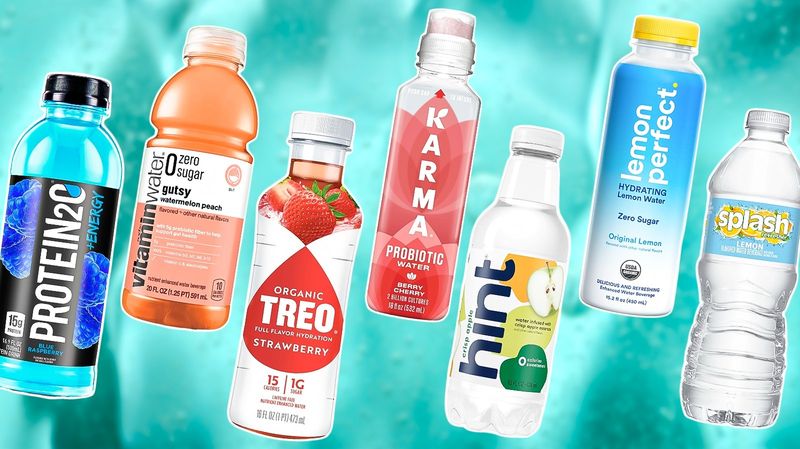
The bottle promises a refreshing burst of strawberry-kiwi or cucumber-mint, but your taste buds detect something closer to “hint of fruit that once passed through the room.” Flavored waters master the art of suggestion rather than actual flavor delivery.
Many contain just enough essence to register on your palate without providing any real satisfaction. Reading the ingredients often reveals “natural flavors” as the only addition to plain water, yet these bottles typically cost two to three times more than regular bottled water.
Still, when seeking healthier alternatives to soda, we keep reaching for these barely-there beverages, hoping this brand might finally deliver the flavor intensity the colorful label suggests.
11. Bakery Treats That Go Stale Overnight
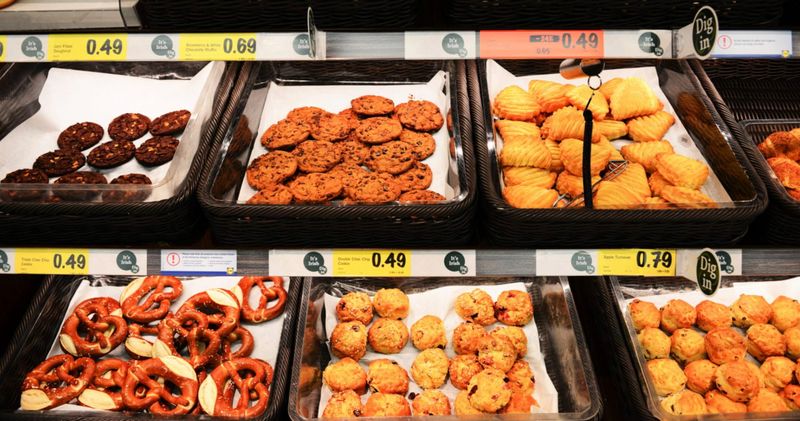
Those tempting donuts, muffins, and cookies in the bakery section whisper promises of breakfast treats and afternoon snacks all week long. Reality hits hard when you discover your Tuesday morning muffin has the consistency of a hockey puck, despite your careful packaging.
Store bakery items lack the preservatives of their packaged counterparts, which means their shelf life is measured in hours, not days. That perfect texture you enjoyed on purchase day transforms with startling speed into something dry and disappointing.
Yet the bakery section siren call remains irresistible. Those fresh-baked aromas and attractive displays convince us that somehow, this time, our baked goods will defy the laws of food science and stay fresh longer.
12. Ready-Made Pasta That’s Always Overcooked
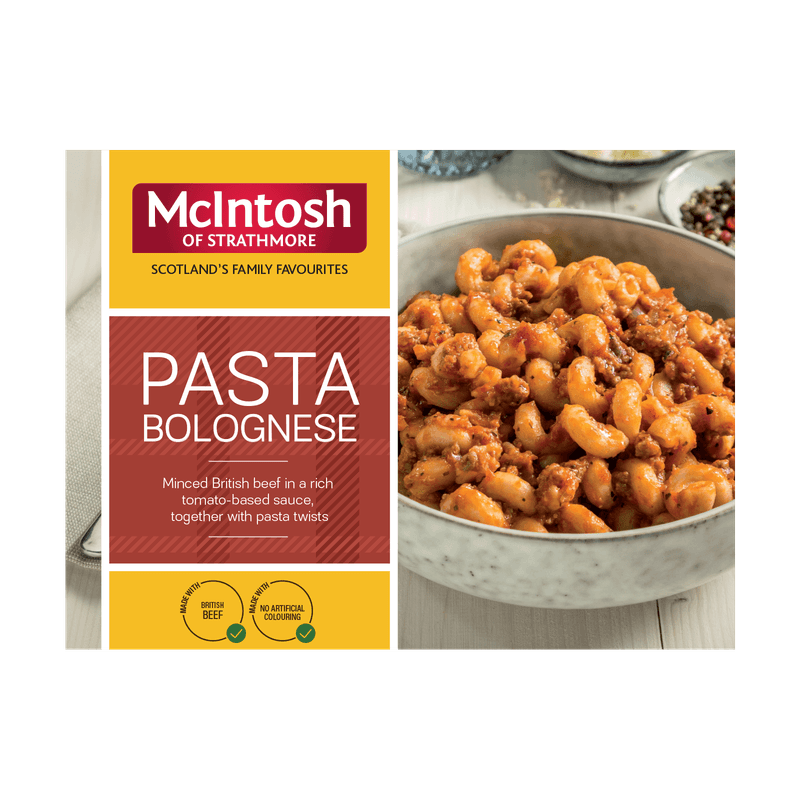
The refrigerated pasta section beckons with promises of homemade quality without the effort. Sadly, these ready-made options consistently deliver the same disappointment: pasta well beyond al dente, often approaching the texture of baby food.
The problem lies in the unavoidable double-cooking process. These pastas are pre-cooked before packaging, then heated again at home, resulting in inevitable mushiness. Even the sauce rarely helps, typically congealing into a thick, under-seasoned coating that bears little resemblance to the fresh-looking photo on the container.
Nevertheless, on busy weeknights, we convince ourselves that this particular brand might have solved the texture problem, only to face the same soft, uninspiring result.
13. Pre-Packaged Sushi That Misses The Mark
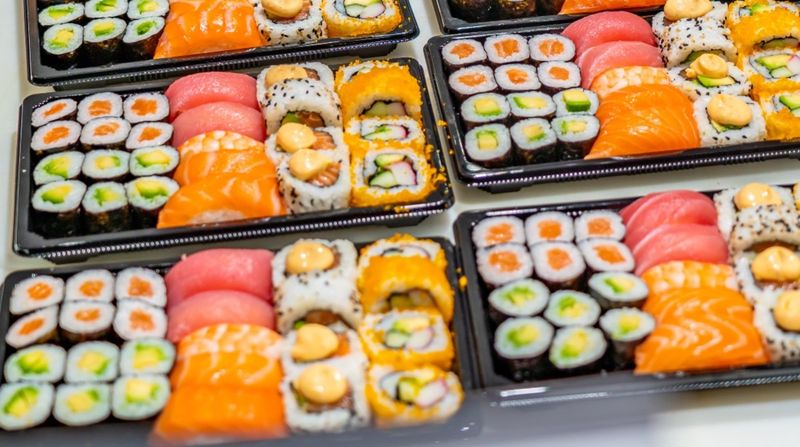
Real sushi is about delicate balance – fresh fish, perfectly seasoned rice with just the right stickiness, and the immediate enjoyment after preparation. Grocery store versions violate all these principles, sitting for hours (or days) in refrigerated cases.
The rice hardens into dense pucks while the fillings grow increasingly suspect. That California roll might have been acceptable when first made, but after hours in plastic, the avocado browns and the imitation crab develops a strange aftertaste.
Yet when sushi cravings hit and restaurant options aren’t available, we convince ourselves supermarket sushi will suffice. We ignore past disappointments and the suspiciously long shelf life, temporarily believing refrigerated case sushi might somehow capture the magic of freshly prepared Japanese cuisine.
14. Bulk Cooking Oils That Turn Rancid
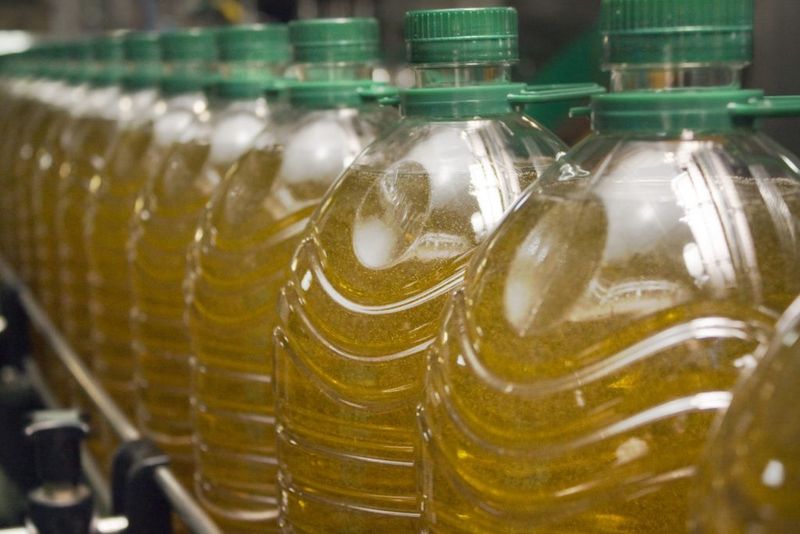
That massive jug of olive oil seemed like such a smart purchase. The per-ounce price was unbeatable, and you use olive oil all the time! Fast forward eight months, and you notice your dishes have developed a strange, bitter aftertaste.
Oils have a limited shelf life once opened, especially when exposed to light, heat, and air. That bargain-sized container might save money initially, but not if half of it develops off-flavors before you can use it. Light exposure through clear containers further accelerates deterioration, particularly for delicate oils like extra virgin olive oil.
Despite knowing better, the substantial savings on those warehouse-sized bottles keeps luring us back, optimistically overestimating our household oil consumption rate.
Leave a comment